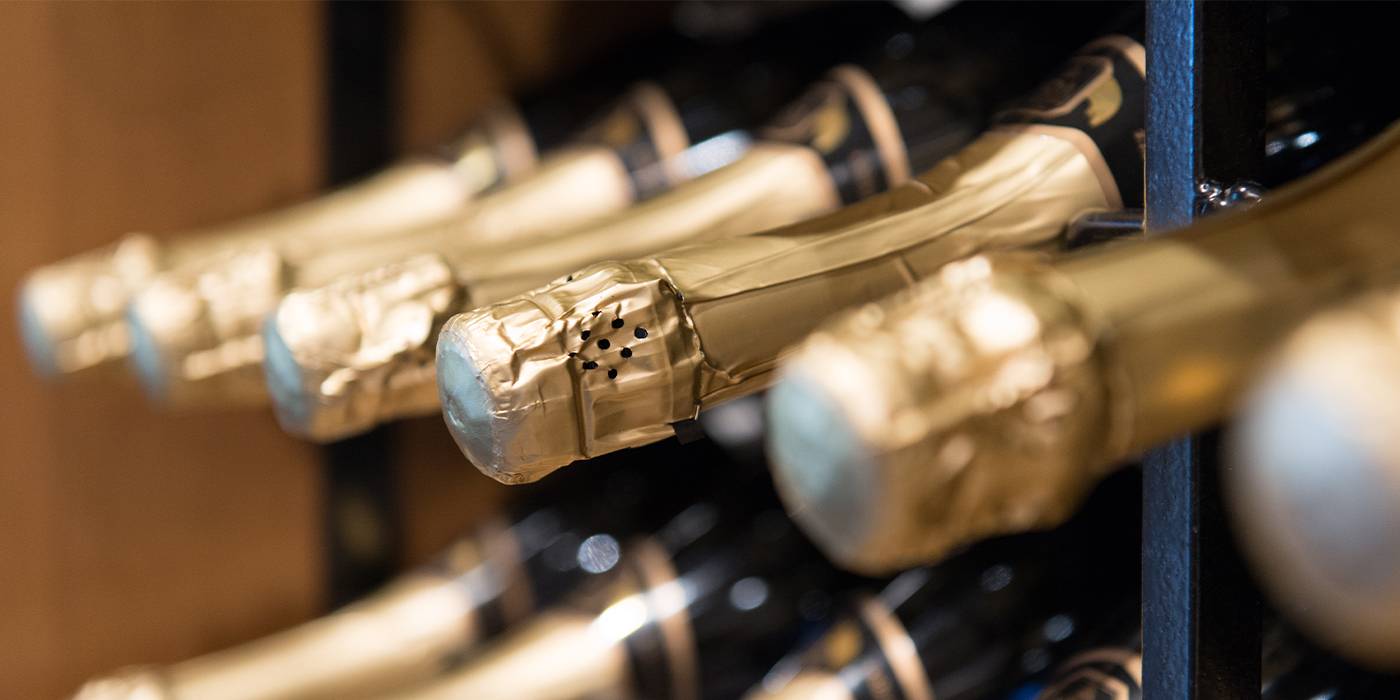Best Value-for-Money Cava You Can't Miss
Discover the best value for money cava and turn your toast into a sophisticated, tasteful and affordable one. Don't miss these exceptional cava!

Eva Pizarro
Sommelier en el restaurant Fierro i formadora en Tandem Gastronómico.
With celebratory times approaching, sparkling wines naturally take centre stage at our tables.
How do we choose the best?
While Cava and Champagne, might be the most familiar sparkling wines to us, there are many more produced in various regions around the world. This results in a range of styles: they can be white, red or rosé, with different levels of sweetness, and offer a wide array of flavours, from fresh and fruity to toasted and oxidative.
Let's get to know Cava better:
Where are they produced?
It’s important to note that Cava is a Denomination of Origin (D.O.), not a type of wine. This D.O. covers sparkling wines produced in the regions of Catalonia (San Sadurní d'Anoia concentrates a large part of the production) but also areas of Rioja, Navarra, Valencia or Extremadura.
So, one of the distinguishing factors of Cava’s style is its origin. As of 2021, new regulations mean that bottles of Cava will now indicate their specific origin.

How are they made?
Cava must be produced using the traditional method, which involves a second fermentation in the bottle, creating the bubbles.
This Denomination of Origin also establishes the minimum ageing periods, which will give us the classification of:
- Cava: more than 9 months of ageing
- Cava Reserva: more than 18 months of ageing
- Gran Reserva Cava: more than 30 months of ageing
- Cava de Paraje Calificado: over 36 months of ageing
Dry or sweet?
The Cava Regulatory Board establishes different categories, depending on the sugar content added to the dosage liqueur (the wine that is added to fill the bottles after disgorging):
- BRUT NATURE: 0-3 G/L
- EXTRA BRUT: 0-6 G/L
- BRUT: MAX.12 G/L
- EXTRA DRY: 12-17 G/L
- DRY: 17-32 G/L
- SEMI-DRY: 32-50 G/L
- SWEET: +50 G/L

Types of grapes?
- White grapes: The white grapes authorised for the production of cava are Chardonnay, Malvasía, Macabeo, Parellada and Xarel-lo. These grapes have been native to Catalonia for centuries, except for Chardonnay, which has only recently been introduced.
- Red grapes: The appearance of cava outside the region of Catalonia has favoured the introduction or return of some grape varieties that had virtually disappeared, such as the Monastrell grape. Other red grapes that are authorised for the production of cava are Garnacha tinta, Trepat and Pinot noir.
Depending on the different geographical areas of cava, the most abundant grapes may vary. For example, Monastrell is prevalent in the Valencian Community, while Garnacha tinta is more common in Aragón.
Now that you know more about Cava, all that’s left is to choose the one that best suits each occasion. Supermercados Consum offers a wide range of wines to accompany you at every moment.
Remember, Cava pairs excellently with fish, rice, and vegetables. If you’re looking for a sparkling wine for dessert or for a toast, those with a touch of sugar, such as semi-dry or sweet, will go perfectly with your after-meal moments.
What do you think about?
Share comments, opinions and tricks with the Community







